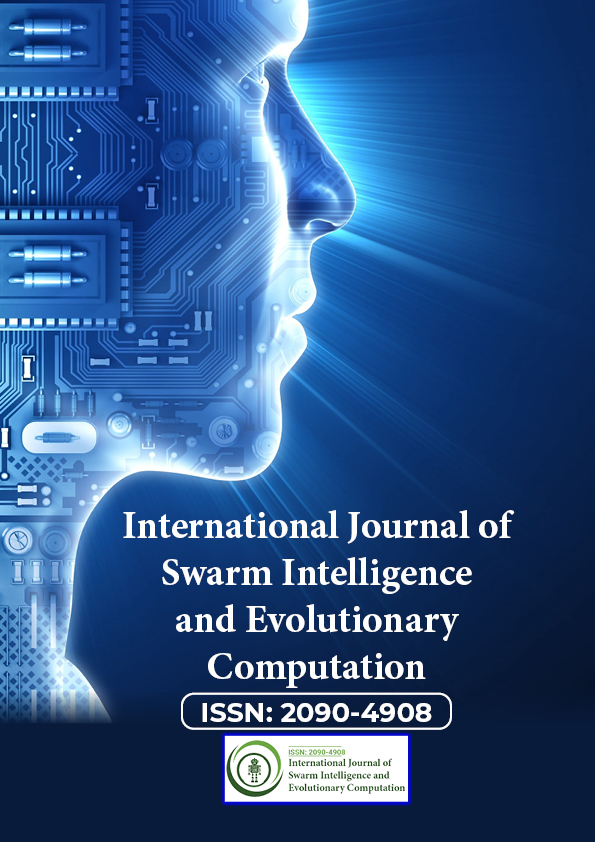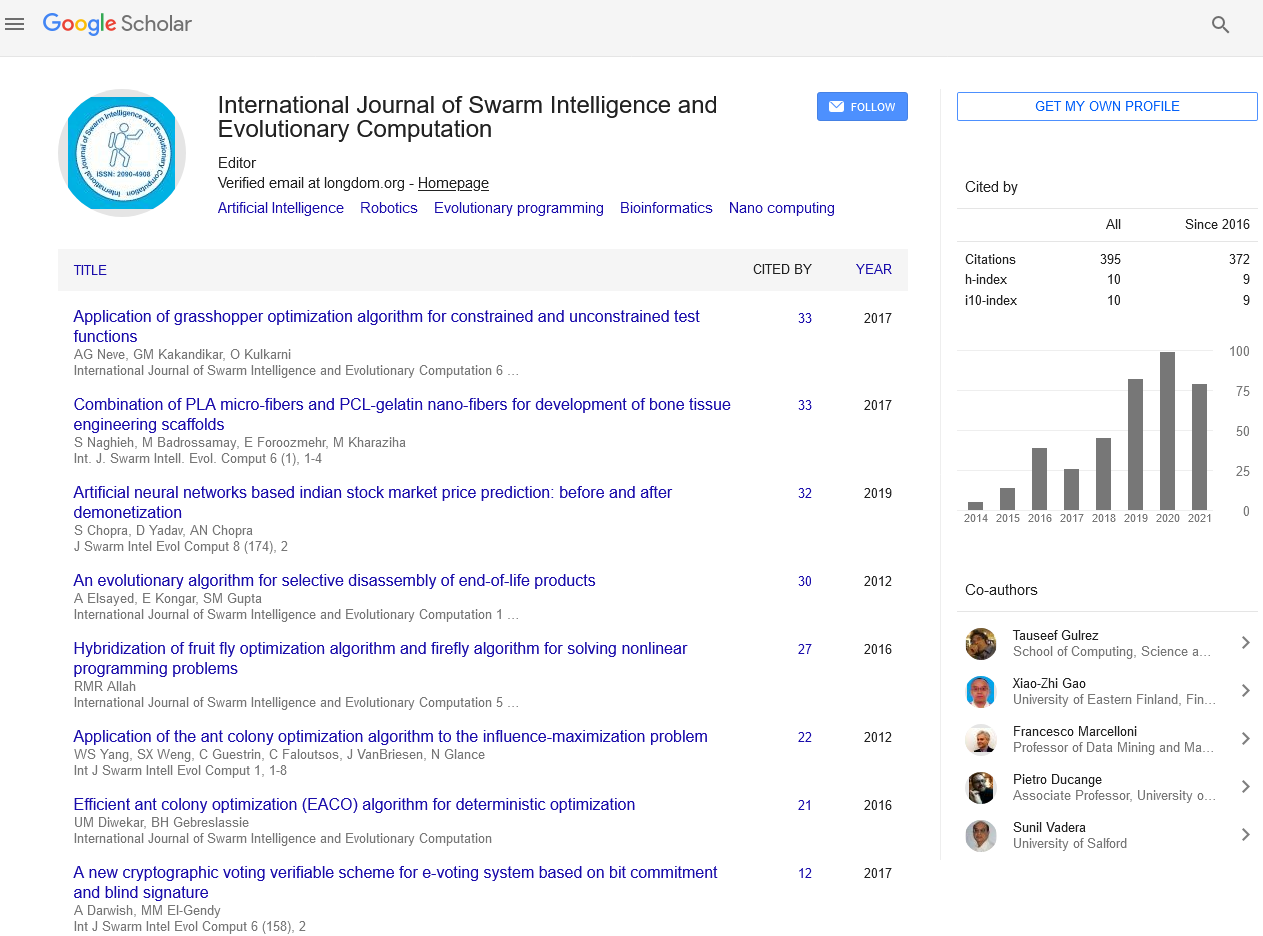Indexed In
- Genamics JournalSeek
- RefSeek
- Hamdard University
- EBSCO A-Z
- OCLC- WorldCat
- Publons
- Euro Pub
- Google Scholar
Useful Links
Share This Page
Journal Flyer

Open Access Journals
- Agri and Aquaculture
- Biochemistry
- Bioinformatics & Systems Biology
- Business & Management
- Chemistry
- Clinical Sciences
- Engineering
- Food & Nutrition
- General Science
- Genetics & Molecular Biology
- Immunology & Microbiology
- Medical Sciences
- Neuroscience & Psychology
- Nursing & Health Care
- Pharmaceutical Sciences
Opinion Article - (2023) Volume 12, Issue 1
Assessment of Artificial Neural Networks in Machine Learning
Timothy Pei*Received: 21-Dec-2022, Manuscript No. SIEC-23-19868; Editor assigned: 23-Dec-2022, Pre QC No. SIEC-23-19868 (PQ); Reviewed: 07-Jan-2023, QC No. SIEC-23-19868; Revised: 16-Jan-2023, Manuscript No. SIEC-23-19868 (R); Published: 25-Jan-2023, DOI: 10.35248/2090-4908.23.12.295
Description
The Artificial Neural Network (ANN) explains the fundamental and advanced concepts of ANNs. The term artificial neural network refers to a biologically inspired branch of artificial intelligence that is modeled after the brain. An artificial neural network is a computational network that is based on biological neural networks that build the structure of the human brain. Similar to how neurons in the human brain are interconnected, neurons in artificial neural networks are linked to each other in various layers of the networks. These neurons are referred to as nodes. The artificial neural network covers every aspect of the artificial neural network. An artificial neural network is a network that resembles or mimics the biological human brain functions in order to complete a given task. A neuron-to-neuron connection exists in a neural network with some strength known as weight or synaptic weight. The threshold function determines whether a neuron is turned on or off. The stage at which the network can acquire knowledge about the situation or environment is the learning or training process. The synaptic weights store the acquired knowledge. Artificial neural networks can be classified into several types based on the structural interlink ages of neurons computational elements, activation function, and weight computation process learning algorithm. Artificial Neural Networks are classified into two types.
Neural network with feed forward
The feed forward ANNs only allow information to flow in one direction. That is, information flows from the input layer to the hidden layer and then to the output. In this neural network, there are no feedback loops. These neural networks are commonly used in supervised learning for tasks such as classification and image recognition. We employ them when the data is not sequential in nature.
Neural network with feedback
Feedback loops are a component of feedback ANNs. Such neural networks, like recurrent neural networks, are primarily used for memory retention. These networks are best suited for applications where the data is sequential or time-dependent. The neural network learns by iteratively adjusting its weights and bias (threshold) to produce the desired output. These are also referred to as free parameters. The neural network must first be trained before learning can occur. The training is carried out with the help of a predefined set of rules, also known as the learning algorithm. A type of mathematical logic is the learning rule. It encourages people to take advantage of the current situation and improve their efficiency and performance. The brain's neural structure is altered during the learning process.
Conclusion
The proposed multilayer perceptron neural network is divided into three layers: input, one or more hidden layers, and output. The multilayer perceptron neural network can handle linear and nonlinear relationships between input and output vectors in terms of hidden layers and nonlinear transfer function. The hyperbolic tangent sigmoid activation function (nonlinear transfer function) is used in the hidden layer, and the proposed neural network is trained using the back propagation gradient descent learning rule. Because it is a fully connected network, the proposed multilayer neural network induces faster convergence.
Citation: Pei T (2023) Assessment of Artificial Neural Networks in Machine Learning. Int J Swarm Evol Comput. 12:295.
Copyright: © 2023 Pei T. This is an open-access article distributed under the terms of the Creative Commons Attribution License, which permits unrestricted use, distribution, and reproduction in any medium, provided the original author and source are credited.


